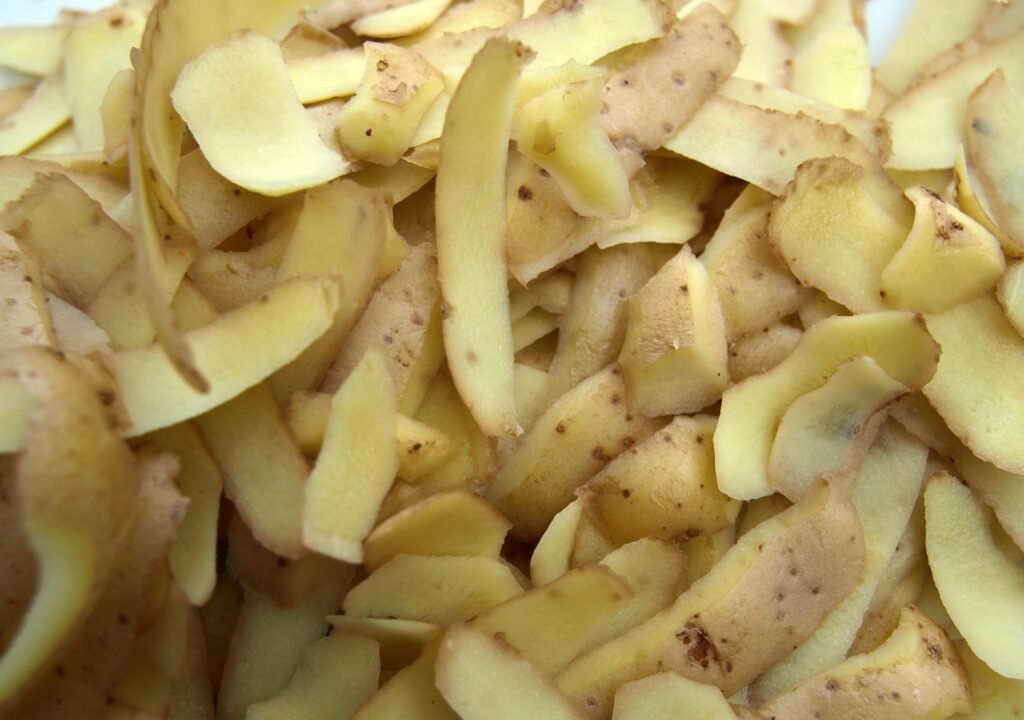“If you cry because the sun has gone out of your life, your tears will prevent you from seeing the stars.”
– Rabindranath Tagore
Our lived experiences define to a large extent how we perceive the world around us. Hence, to a person who tends to focus more on the negative side of life, Bengali widow cuisine is borne from pain. And to a relentless optimistic who is determined to focus on even the tiniest sliver of positivity in a situation, the widow cuisine is borne from hope.
…and a lot of resilience.
Nature teaches us, time and again, that people and objects alike can withstand only a certain amount of pressure. After tolerating a threshold level of pressure, the oppressed always finds its own drastic or subtle way to retaliate. Some, like the volcano retaliate violently to create chaos and destruction. And some, like carbon, retaliate quietly to create diamonds.
Centuries ago, after decades of oppression, the widows of Bengal chose to retaliate with diamonds

Amish and Niramish: The Two Sides of Life
Due to its heavily riverine geography, Bengali cuisine has mainly been a non-vegetarian one. Fish, mutton, egg… unlike the English language where vegetarian is the default and non-vegetarian is the derivative, in Bengali language, amish (non-vegetarian) is the default word, and niramish (vegetarian) is the derivative.
This deviation from the mainstream non-vegetarian food is attributed to two important factors. The first is the effect on Vaishnavism in Bengal, a religious movement led by a 15th-century Hindu saint called Chaitanya Mahaprabhu. This movement led to the introduction of lentils and the famous khichuri in the Bengali cuisine. The second and more intrinsic factor is the near-ascetic lifestyle imposed upon the widows of Bengal by society. For this reason, Bengali widow cuisine is an important subset of niramish cuisine.
Beginning with an Ending
Ironically, the story of the beginning of the Bengali widow cuisine begins with endings. The ending of life as a typical Bengali woman knew it. Encouraged throughout life to celebrate themselves with adornments, beautiful garments and celebrate life with non-vegetarian food, the life of a woman was deemed to have ended once their husband died. Once the husband passed away, the woman did not have the right to live, but merely to exist till death took them away. Seen as a harbinger of ill luck, many Bengali households sent their widows to seek refuge in the ashrams of Vrindavan or Varanasi.
The luckier ones led lives of exclusion. But at least it was exclusion at home. And so, they wore simple clothes and removed their makeup. Even the most basic of their freedoms- the right to eat- was curtailed so that they experienced no libido. A typical widow was not allowed to eat non-vegetarian food, onion, garlic, extra spices or even masoor dal which is considered to be non-vegetarian in Bengal. Thus emerged the Bengali widow cuisine.
A Resurgence Through Resourcefulness
“Death is not extinguishing the light; it is putting out the lamp as dawn has come“
– Rabindranath Tagore
While exclusion and scarcity can often be crippling, in the minds as brilliant as that of Bengali women, the two formed ingredients of culinary innovation and ultimately, the Bengali widow cuisine.
Widows were forced to eat a frugal vegetarian meal— often with limited ingredients and leftovers from the meals cooked for the rest of the family. But this separation turned out to be a boon rather than a bane. Because it gave the widows the freedom to experiment with their food and extract the maximum possible flavour from the simple ingredients they had.
And boom, this led to the extension of niramish cuisine. It is defined by maximized flavours achieved with minimum complexity. Typical Bengali vegetables like brinjal, pumpkin, potato, beans are transformed into delicious dished with limited spices like mustard, nigella seeds, green chillies and ginger.
Some interesting additions atypical to the rest of India are addition of poppy seeds and bori (sun-dried lentil dumplings).
Characteristics of Bengali Widow Cuisine
1. Simple Deliciousness
Most of the dishes of this Bengali widow cuisine use minimal spices. Although borne out of restrictions, this served as an opportunity for the cook to derive maximum flavour from the ingredients being used and truly celebrate them. A good example is the begun pora which celebrates the smokiness of the mashed roasted brinjal, potato and tomato, or the alur bati chorchuri which is a simple potato gravy elevated with the clean flavour of green chilli, nigella seeds and turmeric. The famous aloo posto made of potatoes, nigella seeds, green chilli and posto is another example.
2. Resourceful and Thrifty
Given that widows had to make the best of the resources available to them, they invented some beautiful recipes in the Bengali widow cuisine using vegetable scraps usually reserved for the kitchen’s garbage bin. Take for example, the alur kosha bhaja, a crispy side dish made of potato peels which serves as an crunchy accompaniment to a dal chawal meal. Similarly lauer kosha bhaja and phulkopir data chorchuri are simple stir fries utilising the oft-discarded peels and stalks of the kitchen.
3. Creative Nostalgia
An interesting family of Bengali widow cuisine recipes are based on nostalgia— vegetarian dishes which emulate non-vegetarian ingredients. For example, kachkolar kofta consists of meatball-like koftas made of potatoes and niramish deemer dalna where chhena is used to make playful boiled eggs in a succulent gravy. Texture of certain vegetables like jackfruit is reminiscent of mutton and dishes like echorer dalna and niramish maangsho use this opportunity deftly.
4. Health Exemplified
Due to restrictions imposed on ingredients available to them, widows ensured that the dishes they cooked in the Bengali widow cuisine packed maximum nutrients into them. An example of this is the development of teto shukto, a milk based gravy of bitter gourd, brinjal, drumsticks, etc. serving as a gut cleanser. A key ingredient used in many dishes was the bori— sundried lentil blobs, which adds flavour, crunch and protein to dishes. These are used whole in dishes like bori jhol or bori posto, as well as crumbled on top on vegetarian stirfry dishes.
A Legacy
In its essence, Bengali widow cuisine is a legacy. A legacy of the sheer grit and determination of women to live on and derive happiness from even the simplest things in life. In doing so, they left us with two gifts- one, a universe of unique, simple and healthy recipes to remember them by; and two, a reminder to everyone to continue to love life no matter what the world thinks of you. .
And I’m yet to decide which one is the bigger gift…
“Leave out my name from the gift if it be a burden, but keep my song“
– Rabindranath Tagore
References
1. Gender in Food: Food Habits of Bengali Women, Sahapedia
2. Gaudiya Vaishnavism and the Gastronomic Milieu in Early Modern Bengal, Some Socio-economic Perspective, SKBU University
3. Bengal’s Famous Widow Cuisine and Its Unique Specialities, Times of India
4. The Bengal Widow’s Kitchen: Looking Back at an Obscure Legacy, An International Journal of Interdisciplinary Studies in Humanities, Vol 4, No. 1


